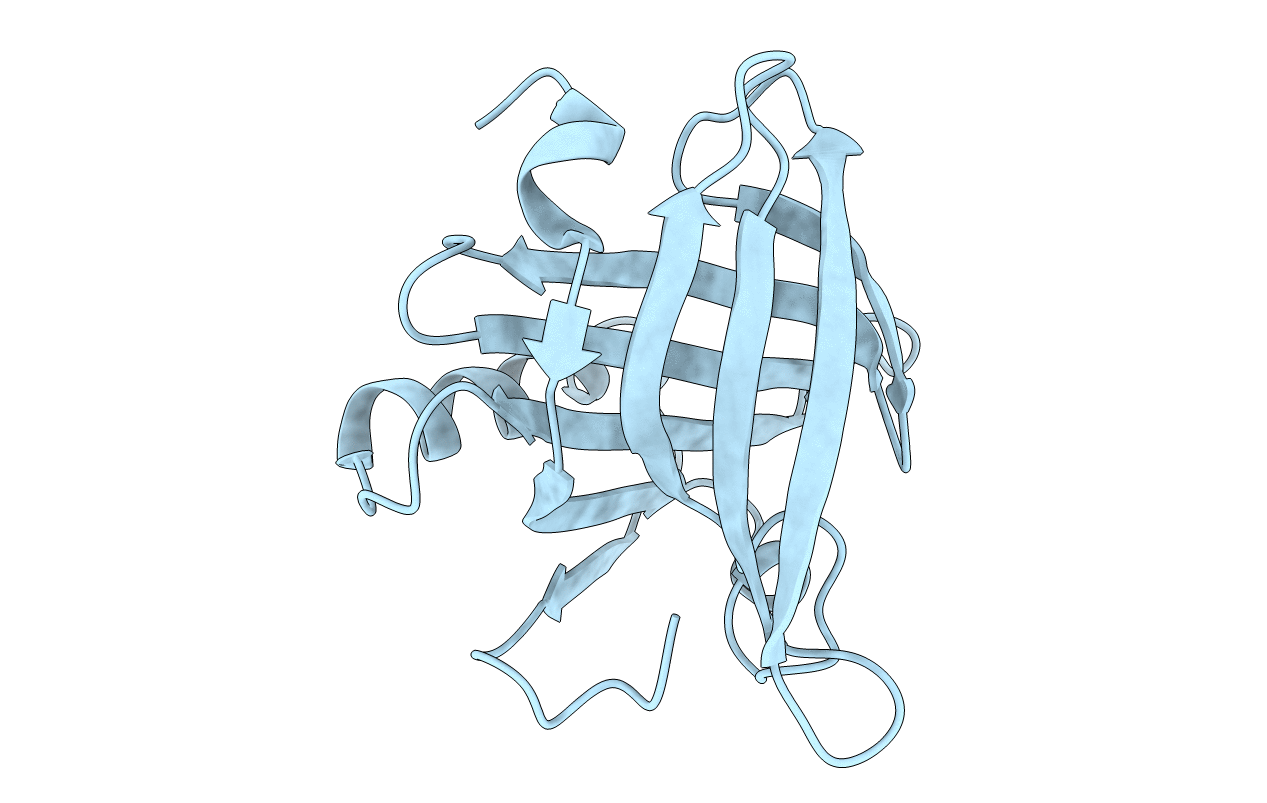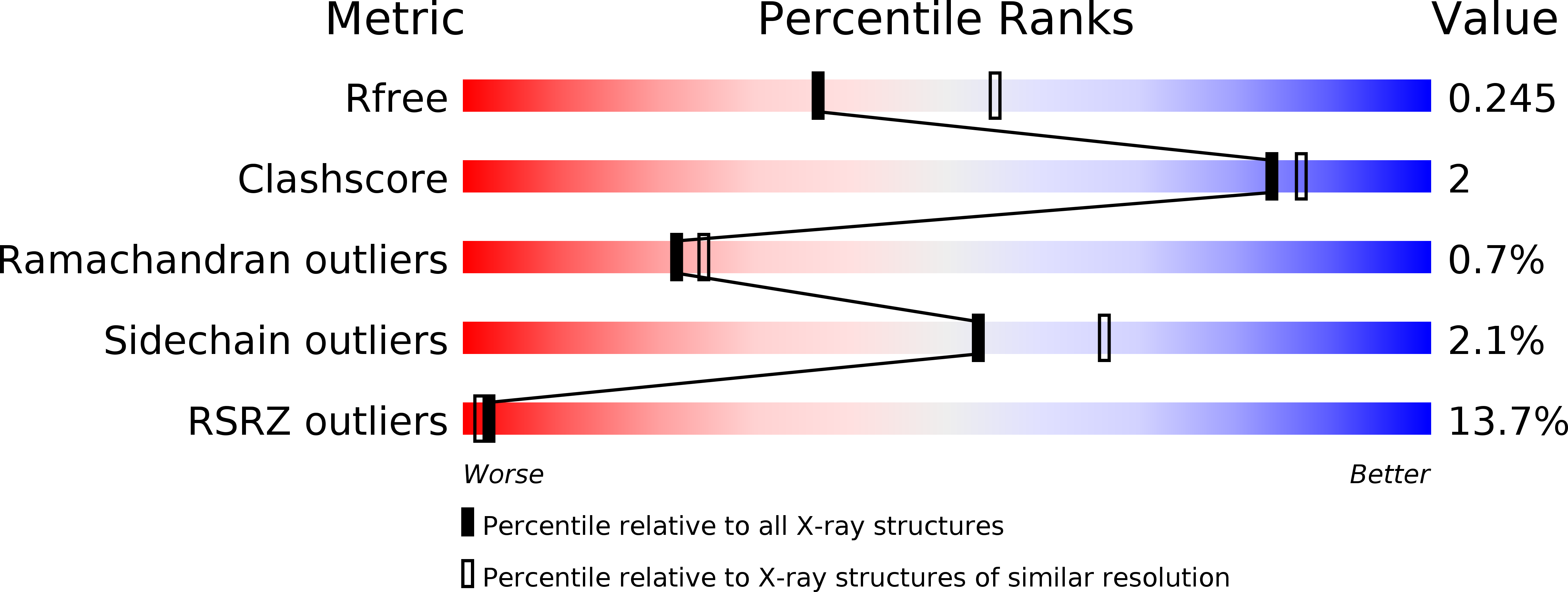
Deposition Date
2014-07-30
Release Date
2014-12-10
Last Version Date
2024-11-06
Method Details:
Experimental Method:
Resolution:
2.45 Å
R-Value Free:
0.25
R-Value Work:
0.19
R-Value Observed:
0.20
Space Group:
P 61 2 2


